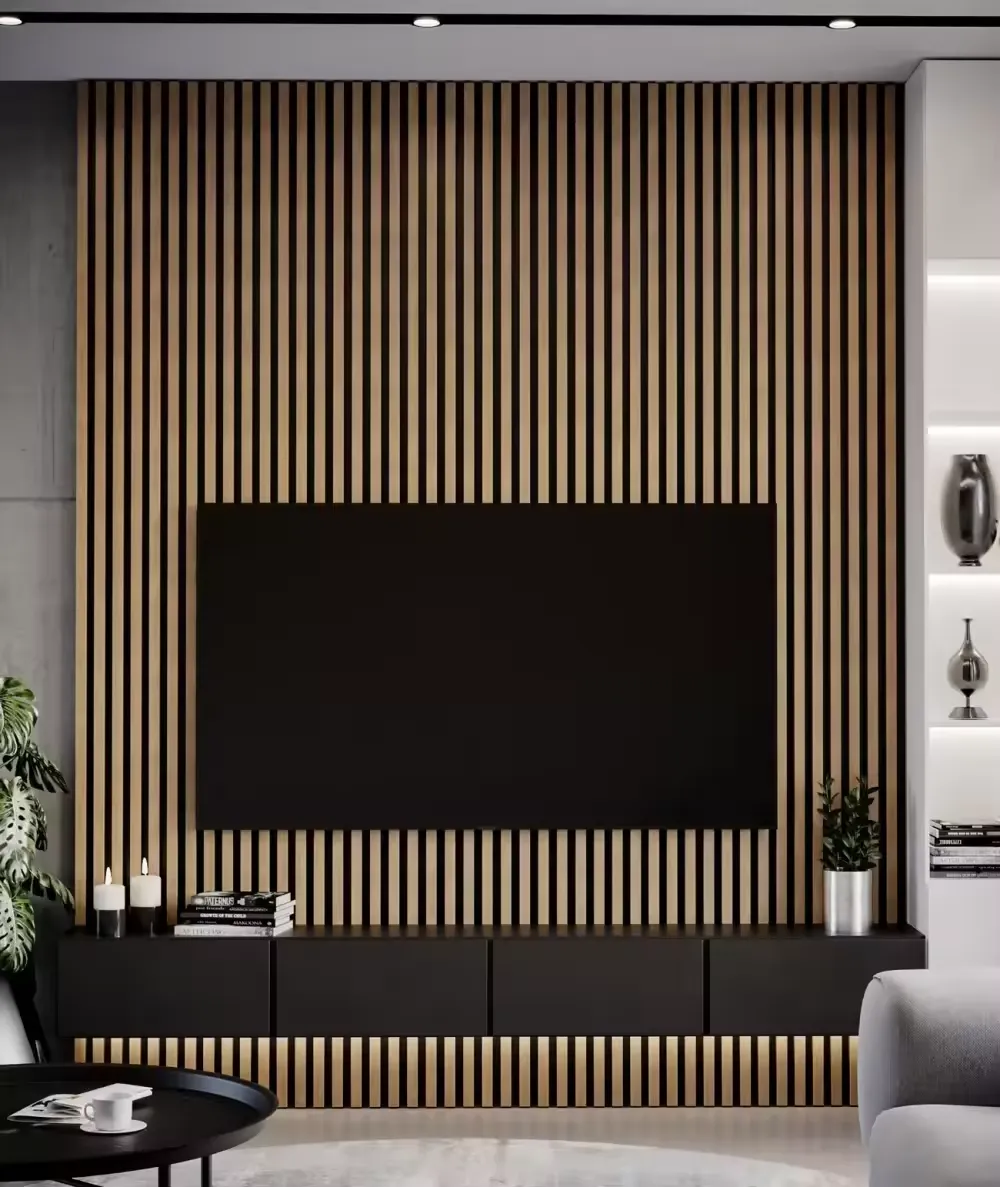The Acoustic Benefits of Wood Walls
Wood has long been celebrated for its aesthetic charm and versatility in interior design, but one of its lesser-known benefits lies in its acoustic properties. As urban environments become increasingly noisy, finding effective ways to manage sound in our homes and workplaces becomes crucial. Wood acoustic walls offer an elegant solution, combining beauty with functionality.
Acoustic treatment is essential in various settings, from concert halls and recording studios to open-plan offices and residential spaces. The main purpose of acoustic treatment is to control sound—specifically, to minimize echoes and reverberation while enhancing sound quality. Wood, with its natural properties, serves as an excellent material for achieving these goals.
One of the primary acoustic advantages of wood is its ability to absorb sound. Wood fibers have high damping qualities, enabling them to reduce the intensity of sound waves. When sound waves contact a wooden surface, some of the energy is absorbed, preventing excessive reflection and reducing overall noise levels. This makes wood acoustic walls particularly effective in spaces where noise control is critical, such as music studios or home theaters.
Moreover, wood's natural grain and texture contribute to its attractiveness as a design element. Unlike traditional acoustic materials, which can be utilitarian and unappealing, wood provides a warm and inviting aesthetic. Its vast range of colors and finishes allows designers to create acoustic solutions that align with the overall design of the space. Whether you prefer the rustic charm of reclaimed wood or the sleek finish of contemporary plywood, there’s a wooden acoustic solution to suit any style.
wood acoustic wall

From a practical standpoint, wood acoustic walls are also relatively easy to install and maintain. Many systems come in pre-fabricated panels that can be quickly mounted to existing walls. This installation process is less disruptive than other acoustic treatments, such as constructing drop ceilings or adding heavy soundproofing material. In addition, wood surfaces are easy to clean and maintain, ensuring that they retain their beauty over time.
Sustainability is another important consideration when choosing materials for acoustic treatment. Many wood products are sourced from renewable forests and can be certified by organizations such as the Forest Stewardship Council (FSC). By choosing wood for acoustic walls, you are making an environmentally friendly choice while also benefiting from its natural properties.
Furthermore, wood's acoustic benefits extend beyond sound absorption; it also helps to regulate humidity and temperature within a space. Wood naturally interacts with its environment, absorbing excess moisture in humid conditions and releasing it when the air is dry. This quality contributes to a comfortable indoor climate, enhancing the overall experience of any space.
In conclusion, wood acoustic walls are a multifaceted solution that addresses both aesthetic and functional needs. By combining effective sound management with natural beauty and sustainability, wood provides a unique opportunity for enhancing the acoustic quality of diverse environments. As we continue to seek out innovative ways to improve our living and working spaces, wood acoustic walls stand out as an excellent choice that harmonizes form with function, proving that practical solutions can indeed be beautiful.
